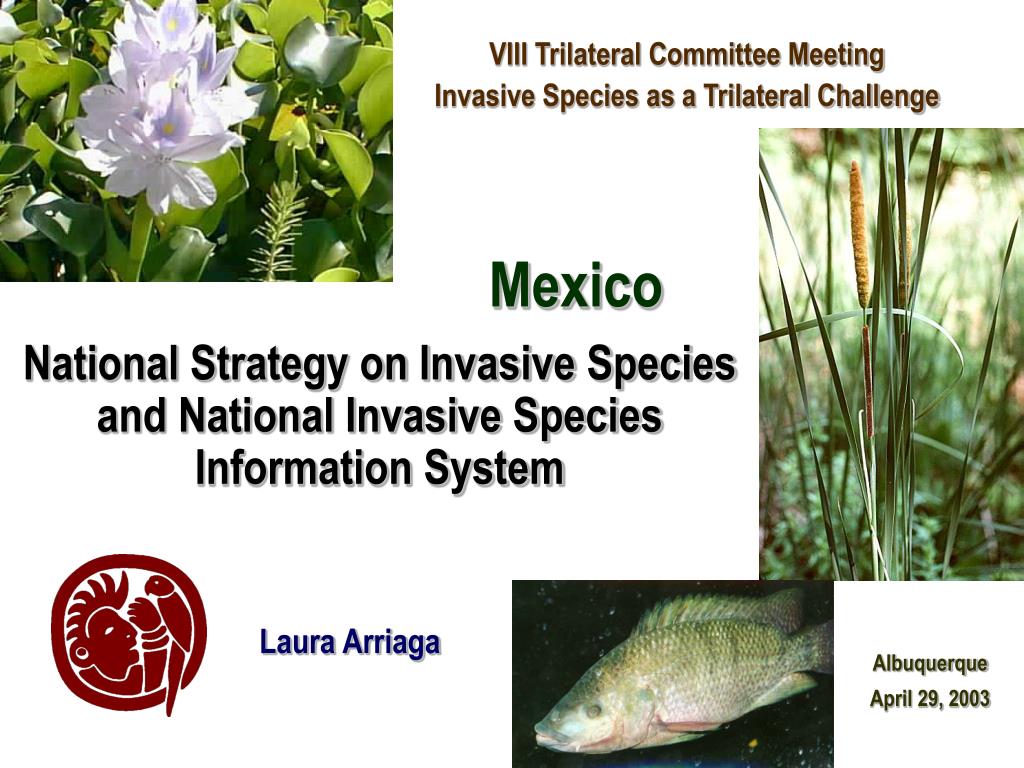Invasive Species Control: Strategies for a Sustainable Rural Living
Living in a rural area offers many benefits, including the opportunity to connect with nature and enjoy the peace and tranquility of the countryside. However, it also comes with its own unique set of challenges, one of which is dealing with invasive species. Invasive species are non-native plants or animals that can have harmful effects on ecosystems, agriculture, and even human health. Controlling these invasives is crucial for maintaining a sustainable rural lifestyle. In this article, we will explore some effective strategies for invasive species control.
1. Prevention:
The best approach to controlling invasive species is prevention. By implementing strict biosecurity measures, you can reduce the risk of introducing new invasives to your property. This includes thoroughly inspecting any plant material or livestock before bringing them onto your land and properly cleaning equipment after use in areas where invasives may be present.
2. Early Detection and Rapid Response:
Timely detection is key when it comes to managing invasive species effectively. Regularly monitor your property for signs of infestation and educate yourself about common invasive species in your region. If you spot any potential invaders, take immediate action by reporting them to local authorities or removing them yourself if possible.
3. Biological Control:
Biological control involves using natural enemies of invasive species to suppress their populations without causing harm to native flora and fauna. This method often involves introducing specialized predators or parasites that feed exclusively on the target invader but not on other beneficial organisms.
4. Mechanical Control:
Mechanical methods are suitable for small-scale infestations or areas where chemical treatments are not desirable due to environmental concerns or regulations. These techniques include manually pulling out weeds, mowing grasses at specific times during their growth cycle, cutting down trees hosting invasive insects, or installing physical barriers like fences or screens.
5.Chemical Control:
Chemical control should only be considered as a last resort and used with caution. When invasive species become too widespread or difficult to manage using other methods, herbicides or pesticides may be necessary to control their populations. However, it is crucial to follow label instructions carefully and use approved chemicals that are safe for the environment and non-target organisms.
6. Habitat Restoration:
Restoring native habitats can help prevent the establishment of invasive species by creating conditions that favor indigenous plants and animals. Enhancing biodiversity through reforestation, wetland restoration, or planting native wildflowers not only provides habitat for beneficial wildlife but also helps suppress invasives by reducing available resources.
7. Public Awareness and Education:
Raising awareness about the impacts of invasive species among rural communities is vital for successful control efforts. Organize workshops, webinars, or community events to educate residents about identification methods, prevention techniques, and responsible management practices. Encouraging active participation from local landowners can foster a collaborative approach towards invasive species control.
Invasive species pose a significant threat to the delicate balance of rural ecosystems; however, with proper knowledge and proactive measures in place, they can be effectively managed. By implementing prevention strategies alongside early detection methods and employing appropriate control techniques when necessary, rural dwellers can protect their properties’ integrity while preserving the natural beauty of their surroundings for generations to come.


Leave a comment